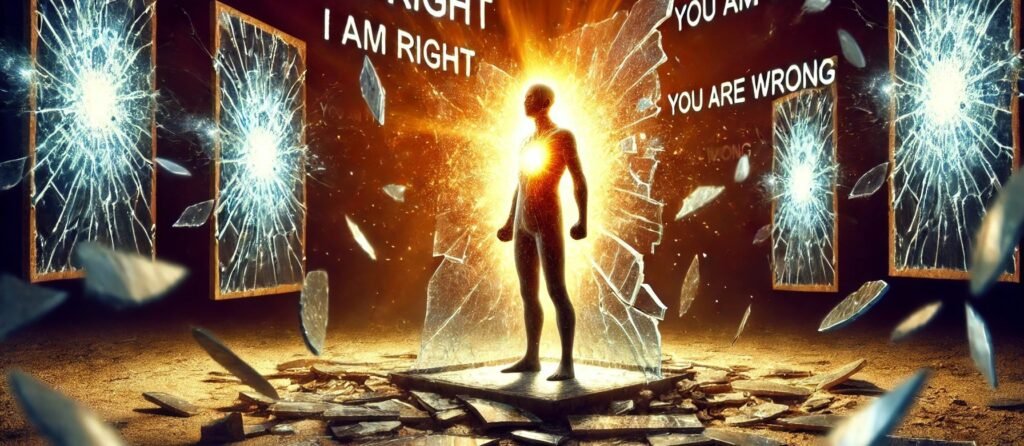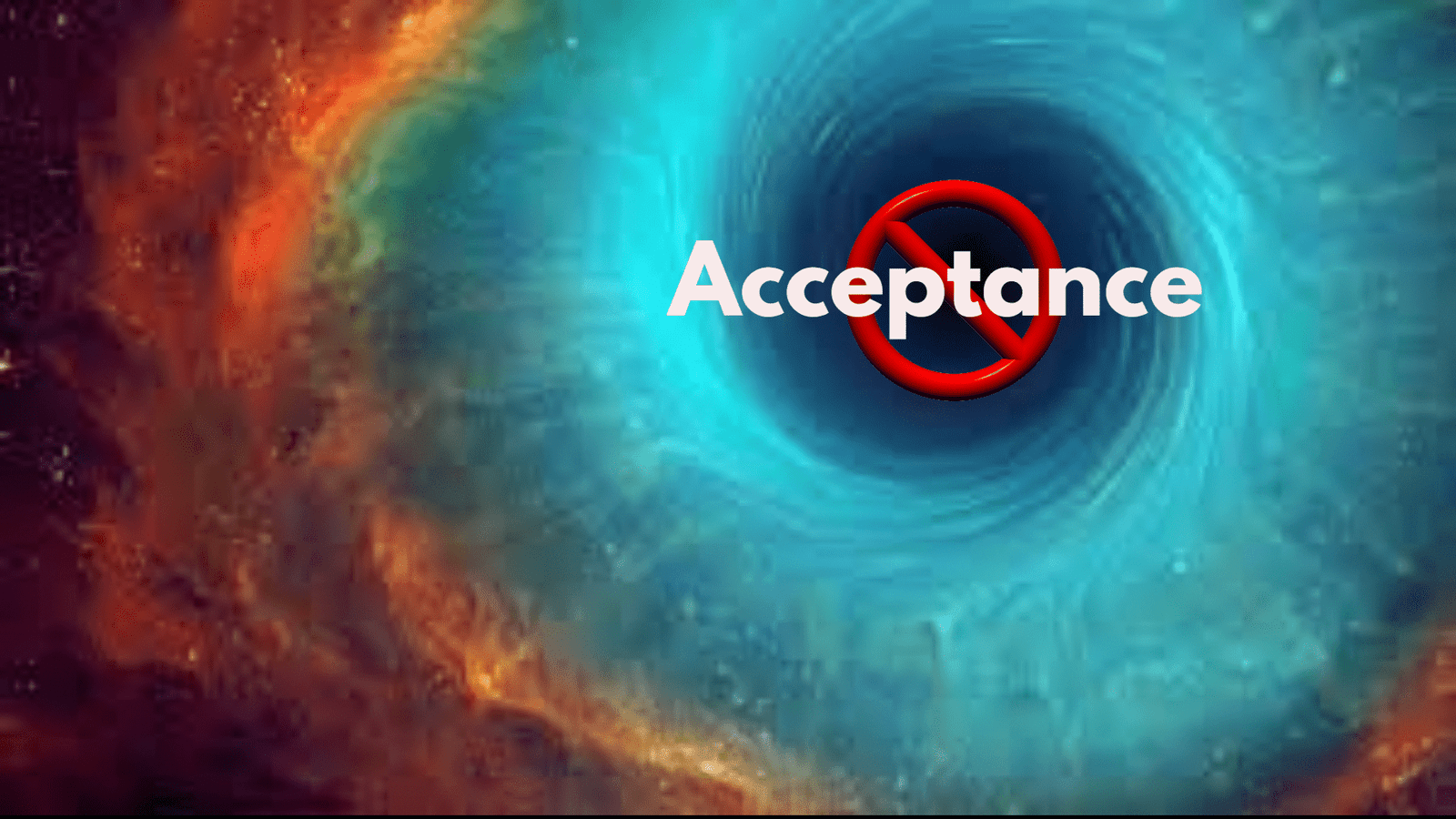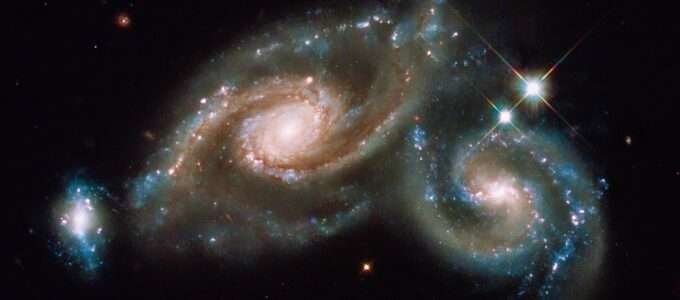Wisdom for a Troubled World
In an era of global unrest and unprecedented challenges, it’s easy to feel overwhelmed. Headlines scream polarization, climate crises, economic disparity, and escalating violence. People are freaking out—understandably so. The air is thick with despair, and the horizon promises more darkness than light. Yet, history whispers to us through the voices of Gandhi, Martin Luther King Jr., Krishnamurti, and others: in times like these, transformation begins in the streets and within our hearts.
Podcast Discussion

The Inner Battleground
Reactivity is a natural response to upheaval. Anger, fear, and despair bubble up as we witness injustice and destruction.
You think that by fighting one form of conditioning, you can break it. On the contrary, you are merely replacing one conditioning with another.
Krishnamurti
Reacting from fear or rage may feel cathartic, but it often perpetuates the cycles we wish to break. It narrows our vision and clouds our ability to act wisely. Actual change requires stepping out of the reactive loop and into a state of clear seeing—a state Gandhi and King understood well.
Gandhi’s principle of ahimsa—nonviolence—shaped his political strategies and guided his inner work.
You may never know what results come of your actions,
but if you do nothing, there will be no result.
Nonviolence is not passivity; it is the fierce discipline of aligning one’s thoughts, words, and deeds with love rather than hate. It demands the courage to meet the storm with clarity and conviction, not reactionary fervor.
Lessons from the Past
Martin Luther King Jr. described nonviolence as “a sword that heals.” He understood that activism born from hatred only deepens the wound. King’s vision of the Beloved Community was not some utopian dream—it was a call to do the hard work of bridging divides and confronting injustice without dehumanizing the oppressor.
Darkness cannot drive out darkness, only light can do that.
Both Gandhi and King remind us that the struggle for a better tomorrow begins with cultivating inner peace. They faced adversaries who wielded brutality and hatred, yet they chose not to mirror that darkness. Instead, they channeled their energy into disciplined action guided by higher principles.

Facing Reality Without Escaping
Krishnamurti challenges us to meet the current state of the world with radical honesty.
The crisis, is not out there in the world; it is in our consciousness.
When we resist facing our fears and biases, we project them outward, fueling division. To see clearly, we must first silence the noise of our conditioned minds. This doesn’t mean turning away from the world’s problems but engaging with them from a grounded awareness.
Similarly, Buddhist teacher Thich Nhat Hanh reminds us of the power of mindfulness:
When we recognize the suffering in ourselves and others, compassion is born.
Breathing, feeling, and connecting with the present moment can transform despair into purposeful action.
Building the Bridge to Tomorrow
The question remains: What is the most productive way to deal with current affairs? Here are some guiding principles inspired by the great teachers of peace:
- Don’t Allow Your Superego and Ego Ideal to Run the Show
Get the judgment and bias out of the equation. - Anchor Yourself in Inner Clarity
Before acting, pause. Meditate. Journal. Reflect. Cultivate a space where you can observe your emotions without being ruled by them. As Gandhi said, “You must be the change you wish to see in the world.” This begins by addressing your inner turmoil. - Engage with Compassionate Courage
Let your actions be fueled by love, not hatred. This doesn’t mean condoning injustice but approaching it to heal, not punish. King’s vision of a Beloved Community offers a blueprint: dialogue, education, and nonviolent action as tools for transformation. - Seek Unity, Not Division
Tribalism is the hallmark of the times, but Krishnamurti warns us: “When you call yourself an Indian or a Muslim or a Christian or a European, or anything else, you are being violent.” Labels divide; humanity unites. Can we act as global citizens, rising above identity politics to address shared challenges? - Take Small, Steady Steps
The enormity of the world’s problems can paralyze us. Gandhi reminds us: “In a gentle way, you can shake the world.” Focus on what is within your reach—your local community, your workplace, your family. Small, consistent efforts ripple outward. - Be Willing to Do the Inner Work
Facing the darkness within is perhaps the hardest task of all. But as Krishnamurti says, “To transform the world, we must begin with ourselves.” Question your beliefs, explore your conditioning, and cultivate a deeper awareness of the forces driving your actions.
A Call to Action with Presence
The times we live in demand more than reaction—they demand response. To meet today’s challenges, we must act not from fear or rage but from a place of inner stability and courage. Gandhi, King, and Krishnamurti didn’t just offer lofty ideals; they lived their teachings, proving that transformation is possible even in the darkest times.
As we navigate the tumult of the present, let us remember: the storm outside is a reflection of the storm within. The way forward begins here, with you, in this moment. Let your response be rooted in love, guided by wisdom, and driven by the unwavering belief that a better tomorrow is possible—even if we may not live to see it.





















 With that said… Yesterday, January 2, 2021, I went to my bookshelf and pulled out
With that said… Yesterday, January 2, 2021, I went to my bookshelf and pulled out